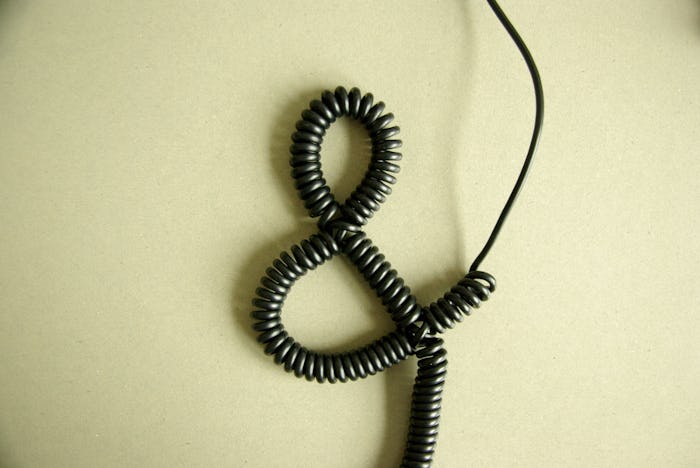Life
What Is An Umbilical Cord? 3 Things To Know About Your Baby’s Lifeline
Having a baby means having questions about, well, nearly everything. What can I eat, and am I allowed to drink anything? What should I expect to happen during pregnancy? And who is Braxton Hicks? You may find yourself reevaluating everything. And during this process, it’s likely you will wonder what an umbilical cord is.
Umbilical cords are one of those things that you just don’t think about very often – until you have a baby who depends on one. Sure, you know that the cords provide some kind of nutrients to the baby, but did you know that cords can help protect babies against disease? Umbilical cords are something of an under appreciated part of the human anatomy, if you ask me. They serve your baby’s health for nine plus months, acting as a literal lifeline to the world , and as soon as the baby arrives you’re ready to be done with them.
So take a moment to learn more about the many functions of the umbilical cord, its importance to your baby’s health, and what actually happens when it’s time to cut the cord. You may be surprised to learn that this little cord provides so many benefits to your baby.
What Does The Umbilical Cord Do?
According to the American Pregnancy Association, the umbilical cord connects your growing infant to the placenta, which provides your little one with oxygen, nutrients, and so much more. The National Health Services also notes that, towards the end of your pregnancy, the umbilical cord transfers antibodies to your baby, providing protection against infections.
Does Cutting The Cord Hurt?
Because the umbilical cord does not have any nerve endings, cutting the cord does not hurt the mom or the baby. The New York Times, however, reports that many doctors now delay cutting the cord immediately after birth to help reduce iron deficiency in newborns. You may want to discuss how long you want to wait before cutting the cord with your healthcare provider.
What Happens To The Cord After Birth?
According to the Mayo Clinic, the remains of the umbilical cord fall off on its own, so don’t try to pull it off! In the meantime, you should keep it clean to avoid any potential infection. Once the cord is gone, usually within three weeks, your baby’s belly button will appear, and you’ll have another milestone to record in the baby book.
